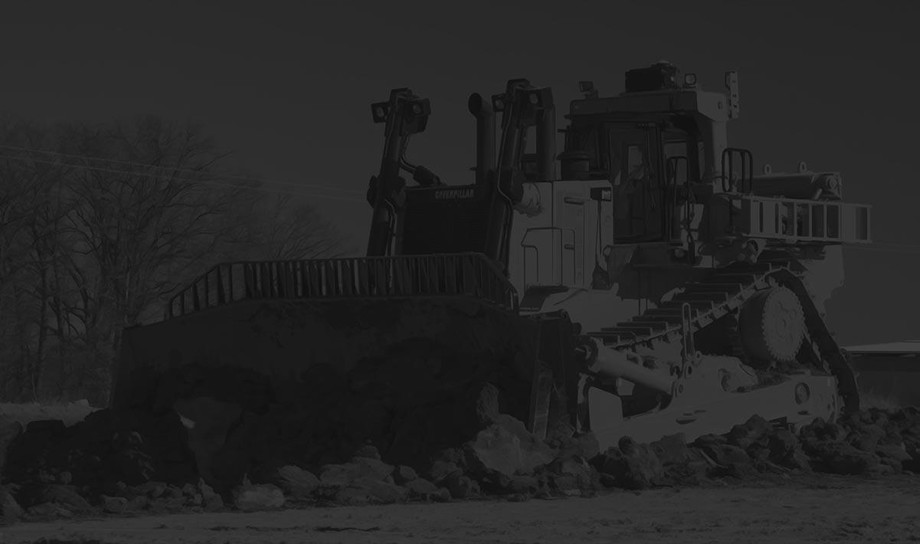How to Tell If Your Chain Saw Bars Need to Be Replaced
If you use your chain saw at all, you'll eventually need to look into chain saw bar replacements.
Bar replacement may be required due to excessive usage, inappropriate bar oil application, or falling, bending, or other damage to the bar.
What do you know about bars in order to choose the best one? And how are you going to keep the new bar in place? These issues will be discussed in this report.
How do you know when it's time to replace your chain saw bars?
One way to say whether your bar needs to be replaced is to take a close look at it. Is there a visible bend in the bar? Is the chain slipping out of its sleeve? Are you having trouble keeping your bar oil lubricated? Does the track on the bar appear to be worn, with the track edges clearly chipped or otherwise deteriorated?
Both of these are indicators that your bar needs to be replaced.
If the saw is lost, the bar would, of course, be damaged. The bar may get trapped in the saw groove when cutting through large tree trunks or branches, causing the bar to warp or bend. Is your saw cutting to one side or dragging to one side? All of these symptoms may indicate that you need a new chain saw bar.
Bar oil is critical for the saw's proper operation and repair, and if the bar oil reservoir runs out, you can expect to need a new bar very soon. If you use your chainsaw often, you'll want to inspect your bar for track wear at regular intervals. Since most people use a saw to cut through wood in a downward motion, the bottom of the saw bar is subjected to the most stress and wear.
Before you buy replacement chain saw bars, there are a few things you should know-
However, after-market bar companies offer new and enhanced bars that can be used to replace the existing bar. Cannon Bar Works of Canada, for example, produces replacement bars for a variety of saw models and claims that their bars are laser cut and milled with a special flame hardening process for longer bar life.
You'll need to know the make and model number of your saw to find a replacement bar. In addition, you'll need to know the chain pitch and chain gauge.
Chain pitch determines the chain's length. 14 inch,.325 inch, and 3/8 inch are popular pitch sizes. The chain and the drive sprocket must have the same pitch. The thickness of the drive link where it fits into the bar groove is known as the chain gauge.
For More Info:-
Shop Aftermarket Track Adjusters Online

Comments
Post a Comment